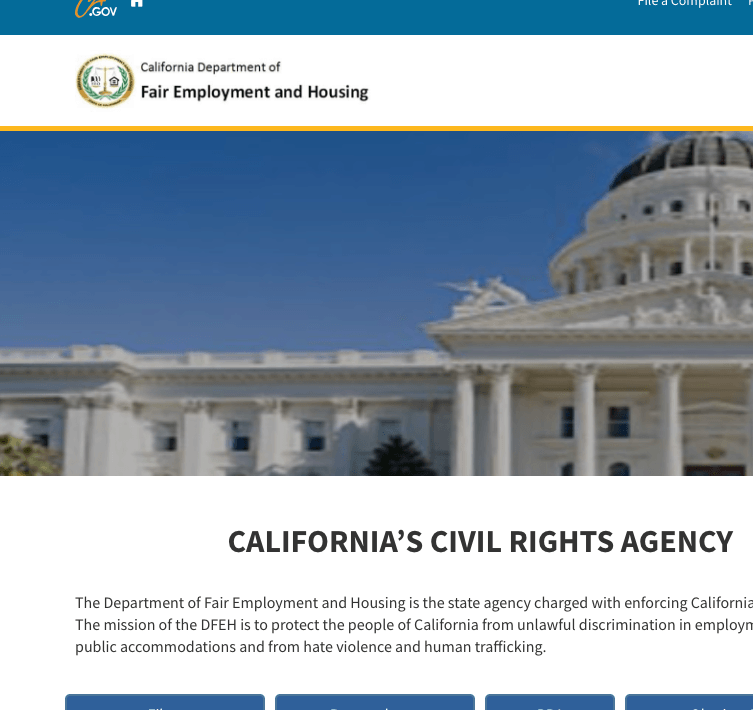The Centers for Disease Control and Prevention (CDC) published six “decision trees” late last week aimed at helping businesses, communities, schools, camps, daycare centers, and mass transit systems decide whether it is safe to reopen. The direction comes after calls from lawmakers and state officials mounted for the CDC to weigh in on how regions should reopen their economies. The six documents posted on the CDC’s website provide step-by-step guidance advising employers to encourage social distancing, hand washing, and intensified cleaning. Moreover, the decision trees recommend that all workplaces hold off on reopening unless they are ready to protect employees at higher risk for severe illness, including those 65 and older and people of all ages with underlying medical conditions.
“The purpose of this tool is to assist employers in making (re)opening decisions during the COVID-19 pandemic, especially to protect vulnerable workers. It is important to check with state and local health officials and other partners to determine the most appropriate actions while adjusting to meet the unique needs and circumstances of the local community,” the workplace decision tree reads. For schools, the decision tree asks: “Will reopening be consistent with applicable state and local orders? Is the school ready to protect children and employees at higher risk for severe illness? Are you able to screen students and employees upon arrival for symptoms and history of exposure?” If the answer to any question is no, the CDC advises do not open. For camps, the advice includes screening. “If feasible, implement enhanced screening for children and employees who have recently been present in areas of high transmission, including temperature checks and symptom monitoring,” the decision tree reads. “Are you ready to protect employees at higher risk for severe illness?” the mass transit tree asks. The decision trees are similar, with small adjustments to account for the differences between daycare, for example, and restaurants.
Finally, the decision trees stress flexible leave policies – something state, county, and local public health experts say is vital to controlling the spread of COVID-19. Indeed, employers should assess the risk of any employee who has been exposed to or is exhibiting symptoms of a potential COVID-19 infection on a case-by-case basis and consider modifying sick leave and other leave policies, such as advancing leave if an employee does not have sufficient accrued leave or agree to not charge leave for COVID-19 related issues against an employee’s annual leave allotment and allowing additional time off until the employee is cleared to return to work, should an employee exhaust his or her leave.
We will provide further updates as additional guidance is published in the coming days and weeks.




